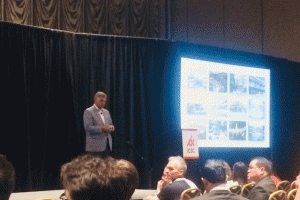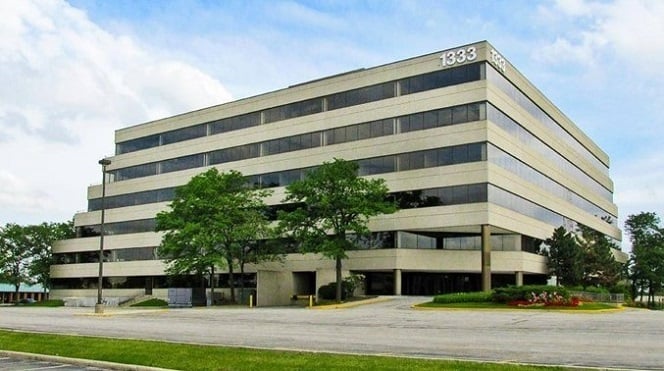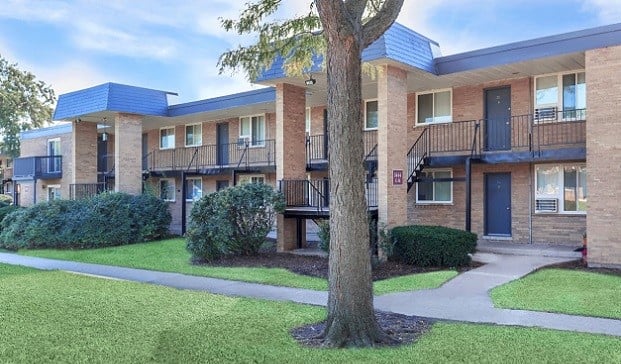
LAS VEGAS—In the first educational workshop at ICSC's RECon Convention, held here in Las Vegas, topics of overbuilding, recession, e-commerce, dependency on department stores, the experience economy, and the ever-changing consumer were at the forefront of the discussion. Presenter Yaromir Steiner, CEO of Steiner + Associates, said that all of those trends have come together to “demand change from shopping centers and malls.”
The workshop defined new approaches to create or bring existing retail real estate environments to their full potential and reviewed strategies that transcend traditional thinking to understand the key components of redevelopment plans that achieve triple bottom line success. The workshop also discussed challenges, opportunities, successes and failures to help the audience understand the path to value enhancement.
 According to Steiner—whose experience comes from repositioning projects greater than 1 million square feet mainly in suburban locations—understanding the nature of the shopping trips and their impact on retail environments “will allow everyone to better understand how to best utilize a project.” When repositioning retail, he said, “it is essential to understand the classification of the shopping trips—need based services versus want base services.”
According to Steiner—whose experience comes from repositioning projects greater than 1 million square feet mainly in suburban locations—understanding the nature of the shopping trips and their impact on retail environments “will allow everyone to better understand how to best utilize a project.” When repositioning retail, he said, “it is essential to understand the classification of the shopping trips—need based services versus want base services.”
For need based services, he said, they are provided for objective and basic needs and purchase decisions are driven by cost. They have longer term leases with options, are better credit tenants, rents are primarily based on costs and are limited and predictable capital expenditures. Their environments have to be in local trade areas, with convenient local access and provide value for a dollar. In terms of architecture, it has to have a functional design…easy to get in and out.
For “want” based shopping transactions, he says, the purchase decisions are driven by aspirational criteria. They have a lower frequency of visits than need-based retailers. They also need to be in a convenient regional trade area, and are more aspirational in the way they are designed and are lifestyle driven. He also adds that in looking at their financial model, rents are primarily based on tenant sales, they usually have shorter leases with no options, with lower credit tenants, have experience delivery focused management and have extensive and variable capital expenditures.
“The 'need' based shopping environments are a part of the basic amenities or infrastructure of a community, but the 'want' based shopping environments define and add value to a community and contribute to its economic development. If you are trying to modify a neighborhood, a street or an area, a 'want' based project is what you need to bring. ”
In conclusion, he said, a successful mixed-use development must be conceived to be responsive to the “need” and “want” transactions of its trade area.
Keep checking back with GlobeSt.com for more from experts in the next few days as we fully cover the RECon 2018 event, with thoughts not only from attendees and panelists, but coverage of sessions, parties and more. And check out some related stories below.
What Retail Streets Are in Need of
The Changing World of Consumer Preferences
ICSC RECon Attendees Talk Trends, Expectations
Trends and Tips for Those Heading to RECon This Weekend
What Mall Owners Are Looking For
Why RECon is a Good Way to Readjust Strategy
Experts Talk RECon; Retailer Expansion Plans and New Store Openings Abound
© Touchpoint Markets, All Rights Reserved. Request academic re-use from www.copyright.com. All other uses, submit a request to [email protected]. For more inforrmation visit Asset & Logo Licensing.







